Roy Foster welcomes Waterford’s Museum Quarter, which celebrates the city’s heritage in spectacular style
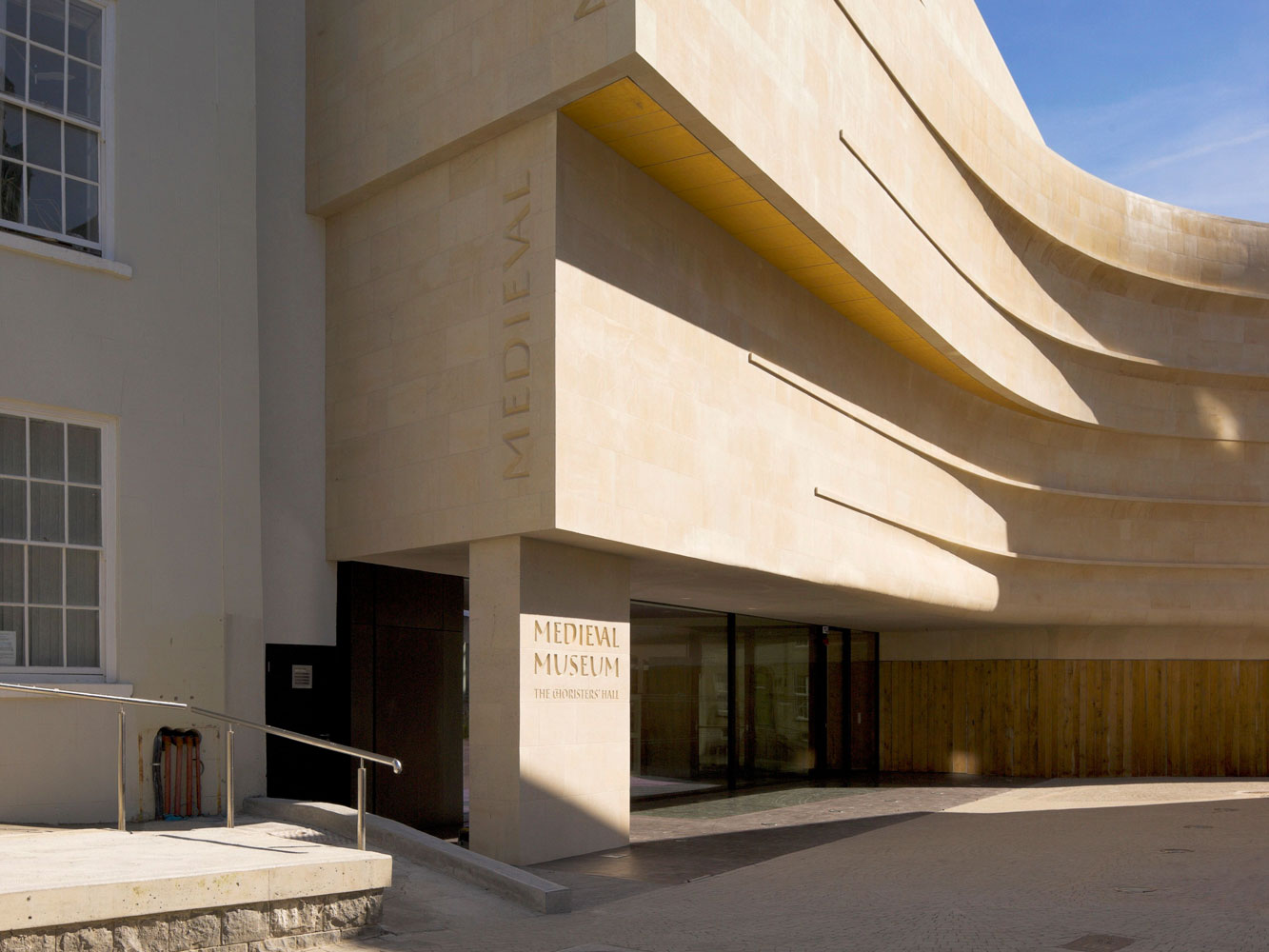
When I was growing up in Waterford in the 1950s and 1960s, the corner of the ancient city now occupied by the Museum Quarter deserved the designation in another sense. The old Greyfriars Church, on a street rising from the quay, was sparsely occupied by a tiny Methodist congrega-tion. The bleak Georgian Deanery at the top of the hill still housed a Church of Ireland dean and his family, though in a diminished number of freezing rooms, and the magnif-icent Gibbsian Church of Ireland cathedral was badly in need of restoration. Beside it, Bishop Foy School (with early 18th-century origins as a Charter School), was falling on hard times, as was the adjacent Bishop’s Palace – a marvel-lously confident Richard Castle mansion commanding the Mall below. By the mid-1960s this dilapidated great house had been acquired by Waterford Corporation, but plans to found a cultural centre there were replaced by redesig-nation for office use. Opposite the cathedral, the Widows’ Apartments, built in 1702 as a ‘Hospital’ or almshouse for widows of the clergy, still gave a roof to relicts of various kinds. The atmosphere of these sleepy streets was redolent of a Trollopian 19th century, a sort of Barchester-on-Suir.
To read this article in full, subscribe or buy this edition of the Irish Arts Review
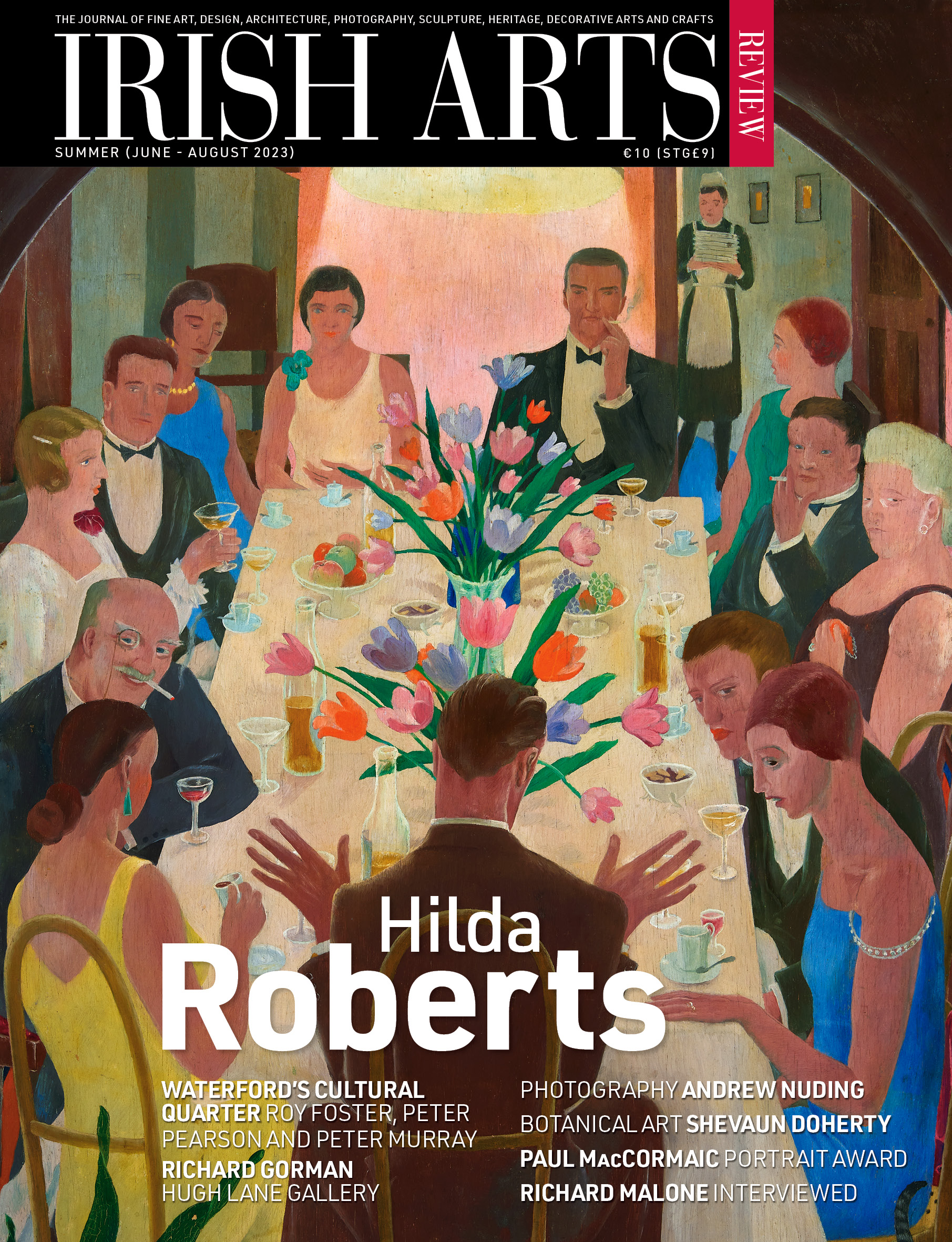
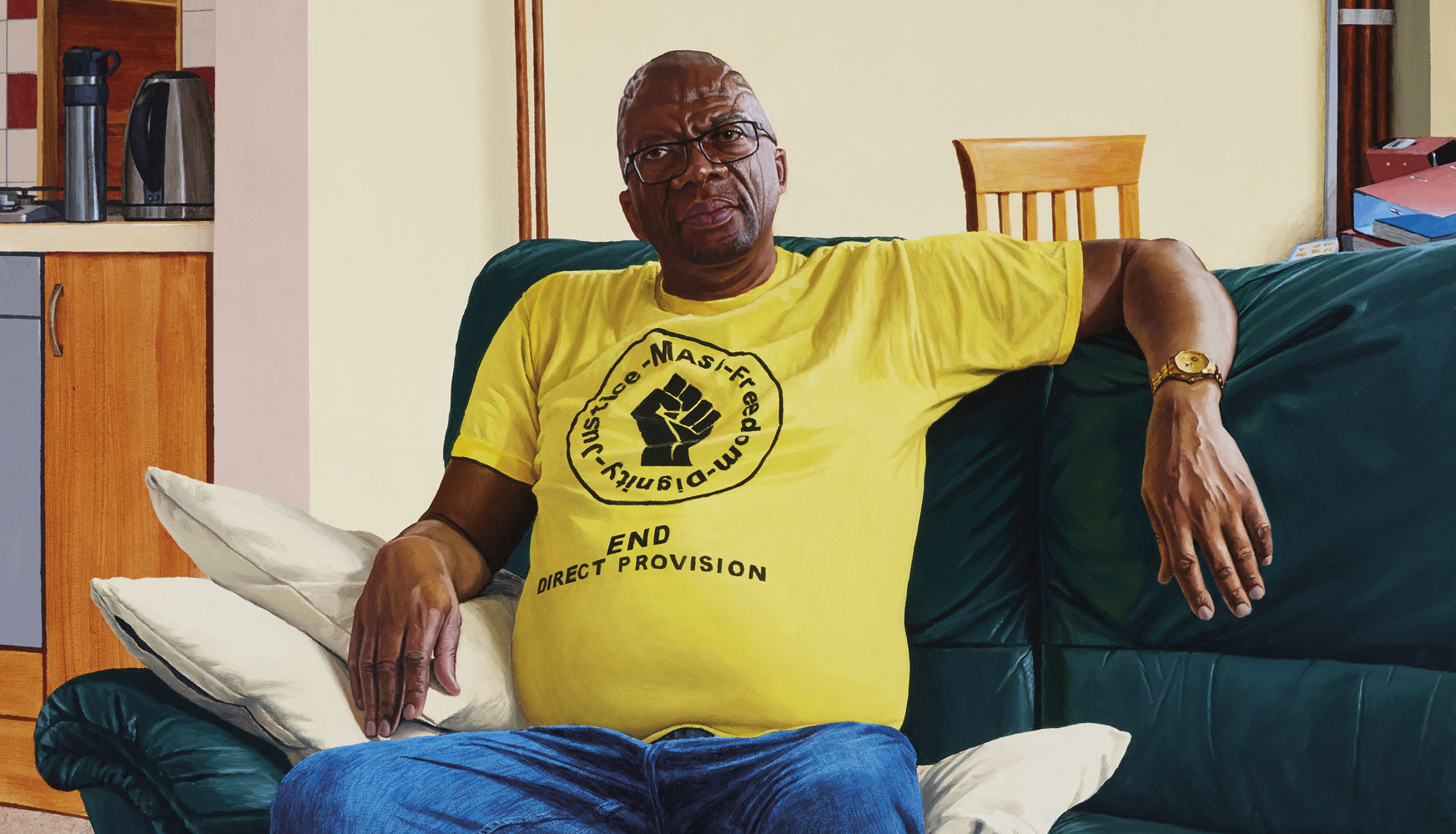
Angela Griffith appraises Paul MacCormaic’s painting of Lucky Khambule, this year’s winner of the Ireland–U.S. Council and Irish Arts Review Portraiture Award
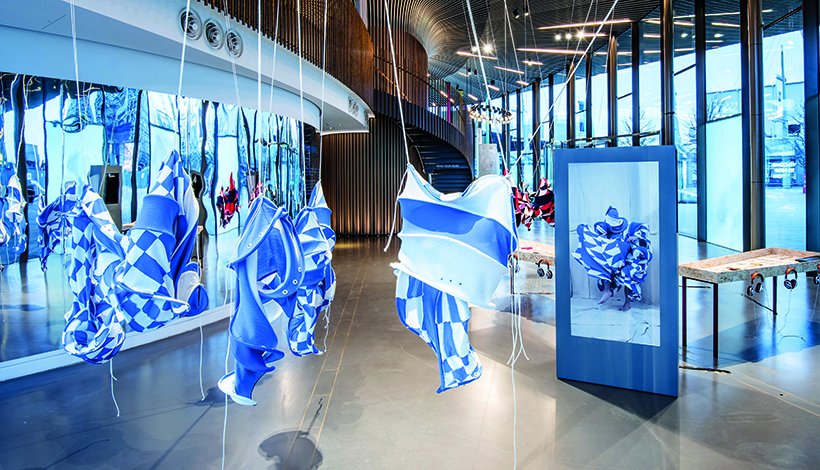
Rachel Thomas interviews Richard Malone, an artist who works across the media of sculpture, fashion and performance, pushing the boundaries of traditional sculpture.
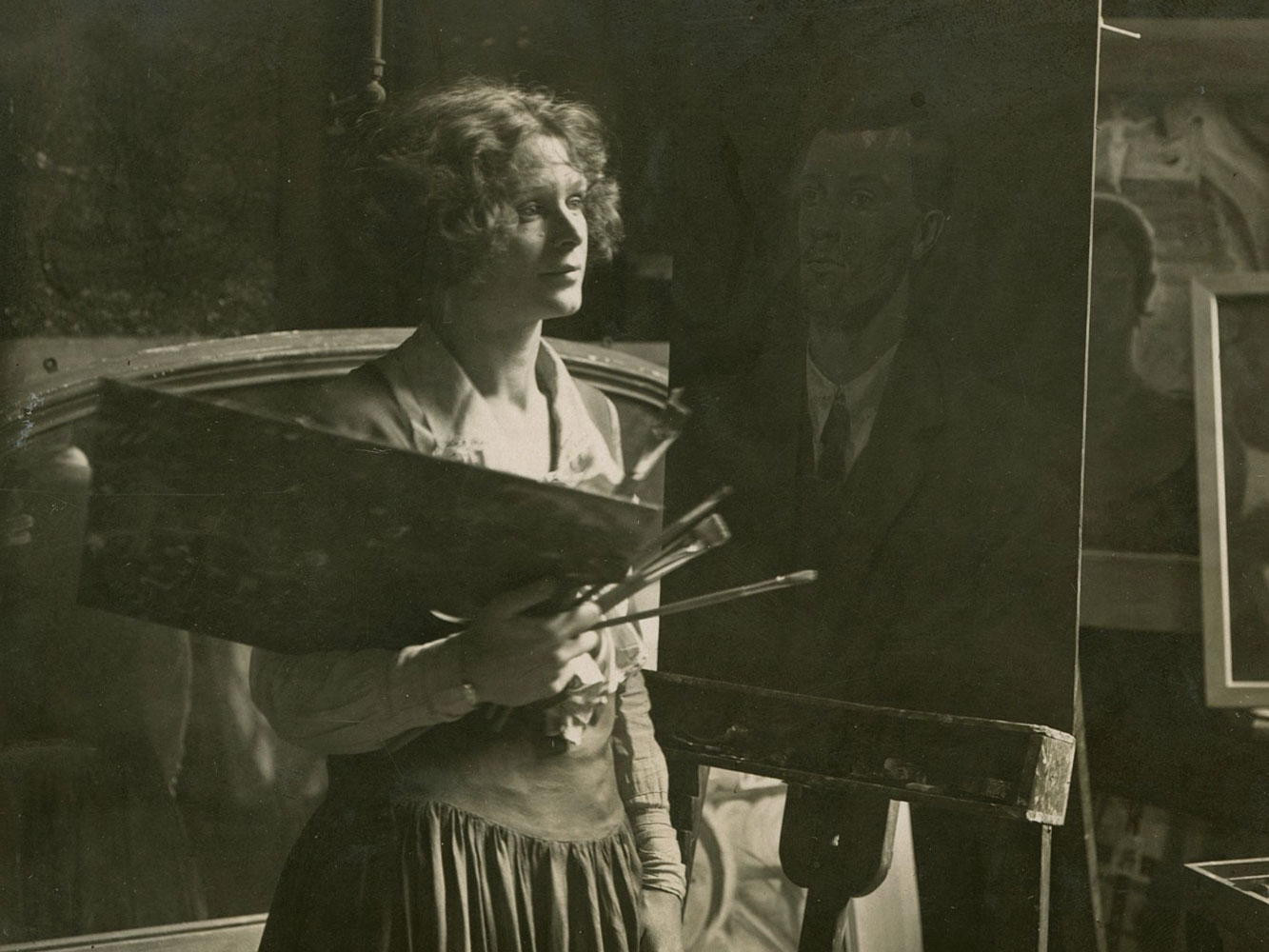
Hilary Pyle recalls the artist Hilda Roberts, two-time winner of the RDS Taylor Art Award, whose talents were apparent from an early age